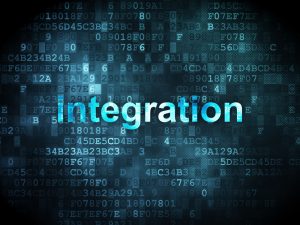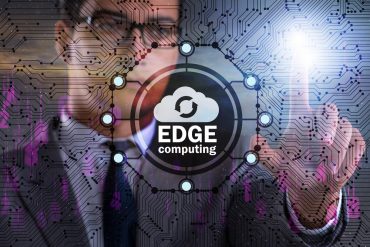
In the Internet of Everything economy, the fractured enterprise cannot even hope to compete. Integration simply makes the fractured enterprise whole.
Who would have thought we would be talking about “integration” in 2019? Wasn’t that all taken care of years ago?
Well, yes: Remember “middleware” and 90s-style integration? Then came 2000s-style integration and Service-oriented Architecture. Today we are talking about the mother of all integrations: Device integration, cloud integration, hybrid integration, edge integration, and API integration/ management. And there are other pressing issues, such as microservices, APIs, containerization, and citizen development, to be taken into account.
See also: How to Succeed in IoT Business by Really, Really Trying
And since everything else – AI, analytics, business decisions, speed, agility, profits, loss, disruption, your very existence – sits on top the totally integrated enterprise, Integration with a capital “I” is probably the most exciting and certainly the most fundamental area to IoT success in IT and operational technology (OT) today.
It is fundamental and exciting enough for Salesforce to have acquired MuleSoft for $6.5 last year. That was a $6.5 billion confirmation of the wisdom (best word I can think of) of Software AG’s near 30-year focus on integration technology.
But why?
Integration simply makes the fractured enterprise whole.
Simple words but what a powerful statement, and what dramatic implications being “whole” has for the enterprise in today’s digital economy.
But if integration makes the enterprise whole, what is the opposite state? We often talk about silos in the enterprise but I think fractured is a more accurate description of the impact of not being whole.
In the Internet of Everything economy, the fractured enterprise cannot even hope to compete. Half answers from disconnected enterprise assets result in ill-founded decisions or business reaction times that are too slow to be effective.
Total integration is what makes a fractured enterprise whole, and total integration – on premises, in the cloud and at the edge – is the only way to build successful IoT architectures, landscapes, applications. Cloud integration is at the heart of digital transformation with 80% percent of the work in IoT projects related to integration – and, today, most of that is in the cloud.
Think how fundamental to success this is in IoT. We have moved the enterprise boundaries from on-premises to the cloud to the edge – wherever a company has an asset or digital sensor is now the boundary of that company. Extend that to include partners, clients, and clients’ customers. Extend that further to include data from any third party source: weather, natural events, or public opinion.
Then think how effective and accurate business decisions, production decisions, or maintenance decisions would be if everything was connected, analyzed, and reviewed by those closest to the issue. How could this be accomplished in a fractured enterprise?
Not easy – or not possible – is it?
So integration is fundamental to successful IoT. But integration is not just any old integration. Integration must be neutral and independent. Integration must connect applications from any vendor hosted anywhere, sensors from any manufacturer on any shop floor, or up any mountain, down any valley. Integration must deliver maximum customer choice.
There is no way that an enterprise can have the flexibility and speed necessary to successfully and profitably conduct business in the Internet of Things if they are not masters of their own IT destiny. Companies need independent integration that keeps their choices open, protecting decades of IT investment, and a true agility layer that lays the basis for successful IoT.
To heal a fractured enterprise, a fractured customer relationship, or a fractured supply chain to prepare for IoT, Industry 4.0 or a digital future, then you must integrate, integrate, integrate. It makes the whole greater than the sum of the parts.




























